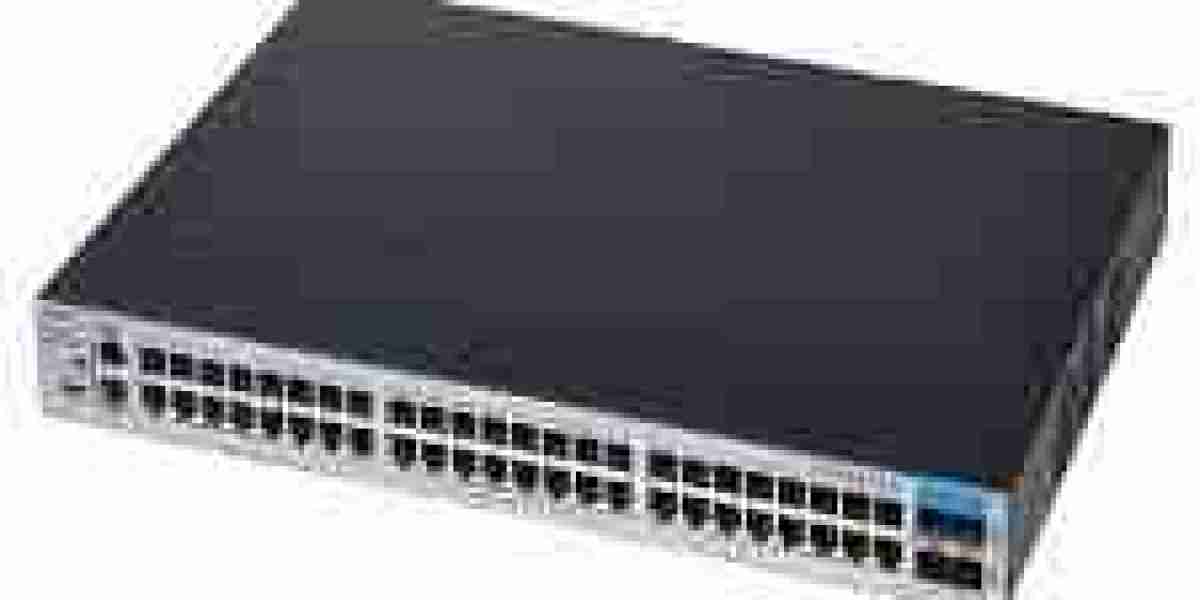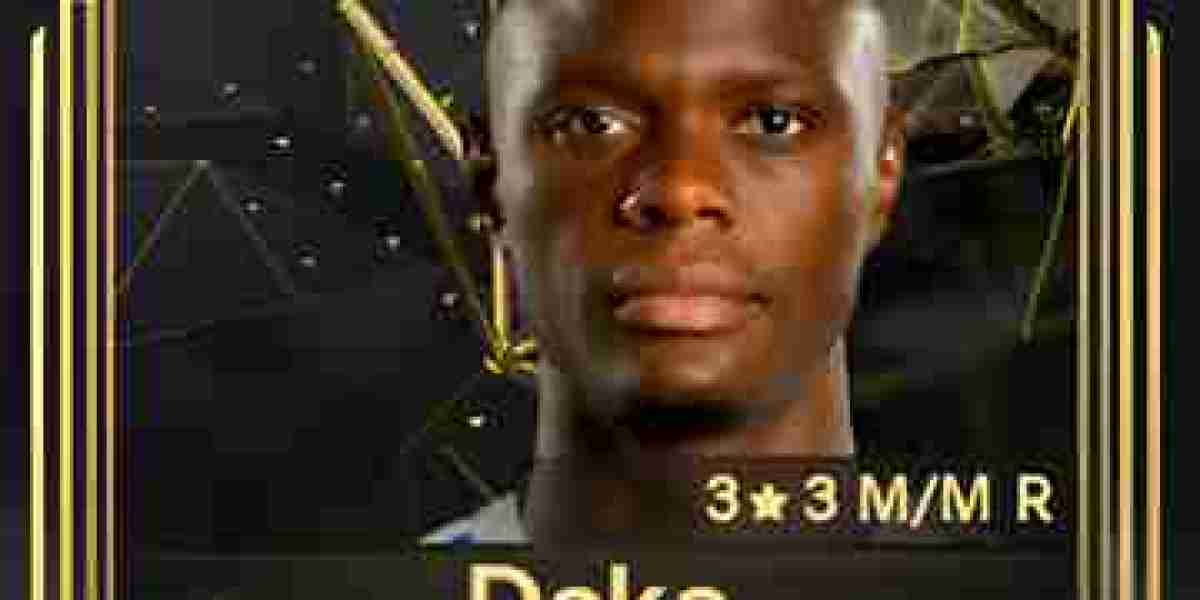The blockchain explorer has a wide range of features. Novice investors, blockchain enthusiasts, data analysts, programmers, and government agencies can all find what they need through the blockchain browser.
View transaction
The most common use of block browsers is to view transaction history. Every cryptocurrency transfer from one wallet to another will be recorded on a compatible block browser. This is especially useful for pending transactions and unconfirmed transactions, as investors can search the status of all transactions and ensure that no cryptocurrency is missing.
View a block
Most cryptocurrencies do this by validating and storing a single block of data. Investors can view recently mined blocks on the Block browser. For example, researchers can trace the history of a blockchain back to its genesis block - the first set of transactions confirmed on the network.
Check the cost
Transactions on the blockchain network require payment. Some blockchain infrastructures are better optimized for high-volume transactions and charge less than one cent per transaction. However, the two largest networks - Ethereum and Bitcoin - are known for incurring high costs for using blockchain. These gas fees are constantly fluctuating, so investors can view real-time rates for Gwei (Ethereum gas fees) and Bitcoin fees on the block browser.
How does a block browser work?
Understanding what a block browser can do requires three key elements.
Application Programming Interface (API). Apis are interfaces that allow programs and software on a computer to communicate with each other. For example, Swyftx customers can add API keys to Koinly so that the two platforms can interact. In this sense, an API is a bit like a phone that lets two (or more) programs talk to each other and share information.
Structured Query Language (SQL). SQL is a programming language that allows users to enter and extract information from related databases. SQL allows users to search and find data stored on the blockchain.
Relational database. A relational database is a model for storing data in a ledger. They organize blockchain data with columns and rows, connecting this information with other relevant information. This way of organizing data is much more efficient than using a giant table.
Each of these technologies works together to provide a seamless experience navigated through a block browser.
First, the browser will use its API, SQL, and relational database to crawl blockchain nodes and receive information. Once the data is organized, it is presented in an easy-to-navigate user interface hosted on the Web server. Relational databases and SQL analytics are searched on the back end of the block browser. Finally, the results are sent through apis to ensure that users can use HTML web pages on browsers such as Google Chrome.






